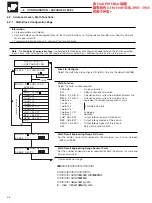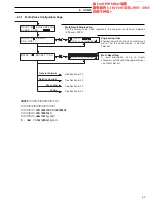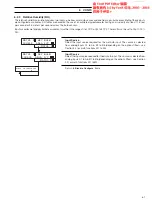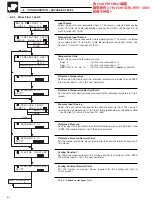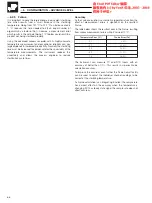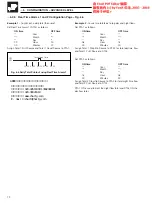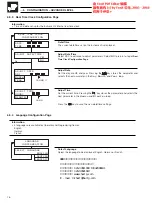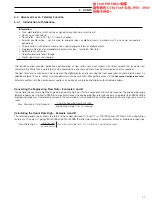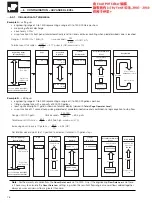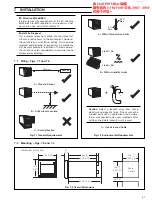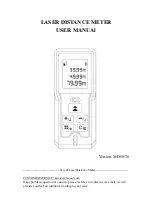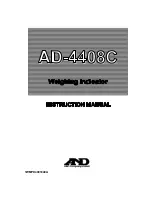
66
(
r
o
r
r
E
e
r
u
t
a
r
e
p
m
e
T
)
C
)
o
F
(
r
o
r
r
E
e
u
l
a
v
F
1
.
0
%
3
.
2
1
.
0
–
%
3
.
2
–
5
.
0
%
0
.
2
1
5
.
0
–
%
0
.
1
1
–
0
.
1
%
0
.
6
2
…6
CONFIGURATION – ADVANCED LEVEL
…6.2.5
Fvalue
It is important to note the large change in equivalent sterilizing
time which results from a small increase in the sterilizing
temperature. Going from 121
C to 122
C, an increase of only
1
C, reduces the time needed to kill an equal number of
organisms by a factor of 26%. Likewise, a measurement error
which results in the set point being 1
C too low could result in a
product not being sterilized properly.
Using the advanced process recorder with its highly accurate
temperature measurement and exceptional reliability can pay
large dividends in increased productivity. Normally the sterilizing
time must be increased to compensate for the uncertainty of the
temperature measurements. The instrument reduces this
uncertainty and allows the process engineer to reduce
sterilization cycle times.
Accuracy
As the Fvalue calculation is essentially a logarithmic function
,
the
effect of measurement errors is significant on the resultant
Fvalue.
The table below shows the resultant error in the Fvalue resulting
from various measurement errors
with a Z value of 10
C:
The instrument can measure TC and RTD inputs with an
accuracy of better than 0.1%. This results in superior Fvalue
calculation accuracy.
To improve the accuracy even further the Scale Adjust facility
can be used to adjust the individual channel readings to be
correct at the sterilizing temperature.
As Fvalue calculation is an integrating function, the sample rate
has a direct effect on the accuracy when the temperature is
changing. With a steady state signal the sample rate does not
affect accuracy.







